Shatavari (Asparagus racemosus), packet of 10 seeds, Organic
$4.95
Family: Lily (Liliaceae)
Hardy to Zones 8 to 12
(Satmuli, Shatamuli, Wild Asparagus, Satawari, Kurilo, Satawar, Asparagus volubilis) Perennial climbing asparagus native to the Himalayas, occurring at elevations from 300 to 6,500 feet. Shatavari flowers exude an alluring aroma reminiscent of sweet almond. They are pollinated by tiny wasps. The flowers give way to red berries containing the round, black seeds. In nature, the plant grows in the tropical understory, tuberous roots giving forth multiple twisting stems that climb and cling by way of sharp thorns. In Sanskrit, Shatavari means “one who possesses a hundred husbands.” The spring shoots, mucilaginous roots and the leaves are all used. Traditional usage (Ayurveda): rejuvenative tonic for females, sexual debility, infertility, menopausal symptoms, galactagogue. Source of proestrogenic steroidal saponins, vitamins A, B1, B2, C, and E, Calcium, Iron and Folic Acid. Plant prefers a south or west exposure and deep, rich soils. The best soil pH for growing Shatavari is barely acidic (pH 6-6.7). Soak seeds in 120 degrees F water and let sit overnight in that water as it cools. Fresh seed not necessary–have recorded excellent results with 4-year-old seeds. Sow seeds in rich potting soil in the greenhouse or under lights. Germination sometimes as quickly as 18 days and often requiring a full 6 months. We have kept these plants for years, planted in deep pots in the greenhouse, providing a trellis for climbing and as much room as possible for the tuberous roots to grow. Growers in frost-free zones will find this a ready grower in the forest garden.
10 seeds/pkt, certified organically grown
In stock

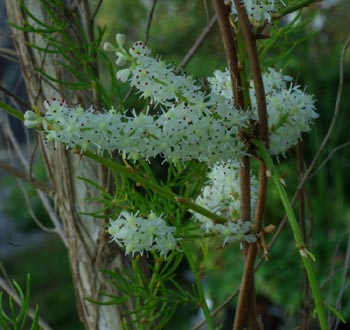
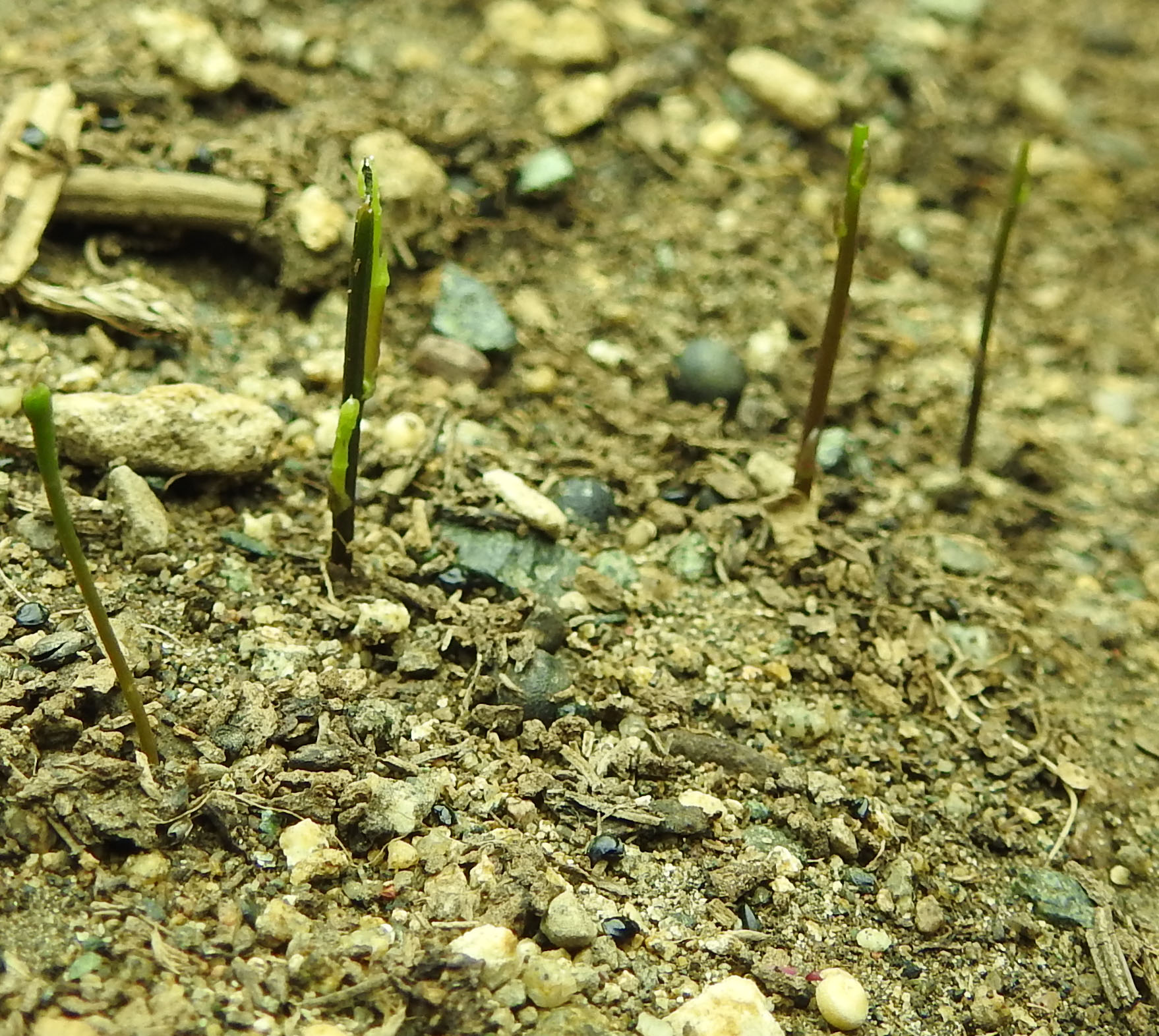
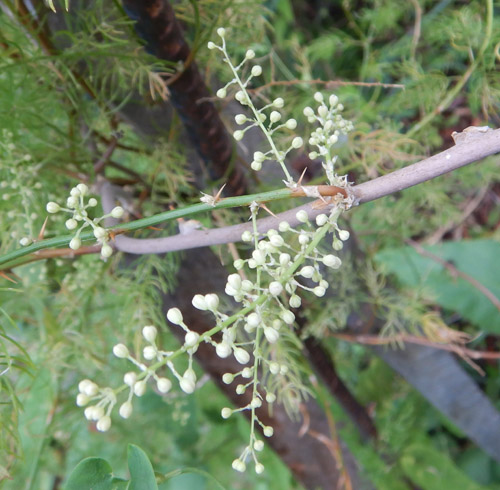
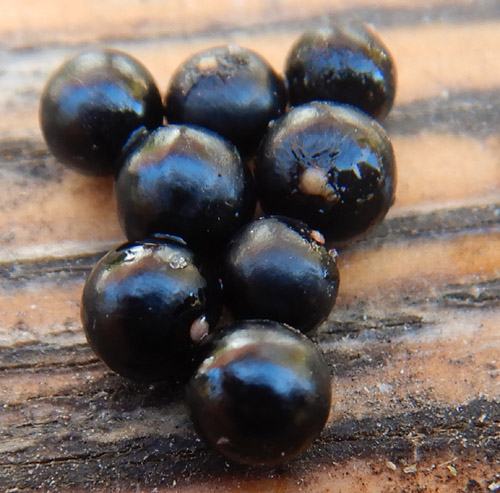
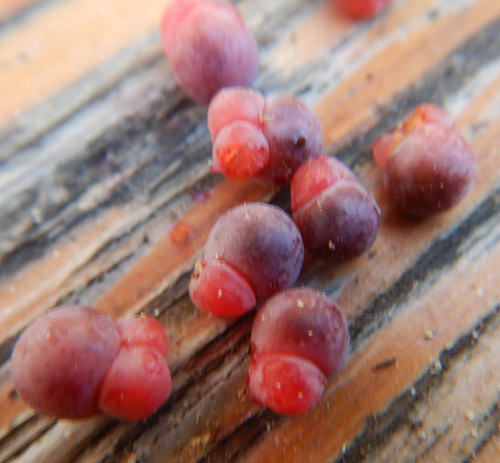
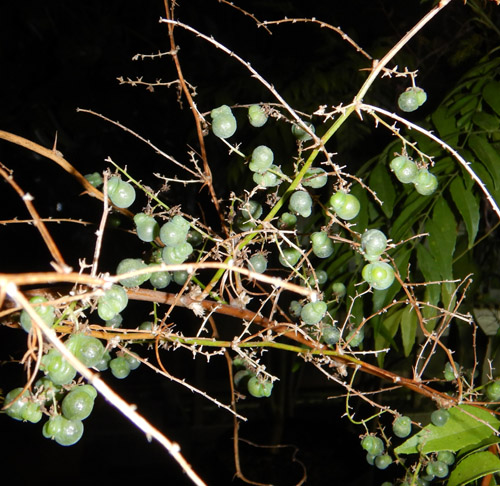

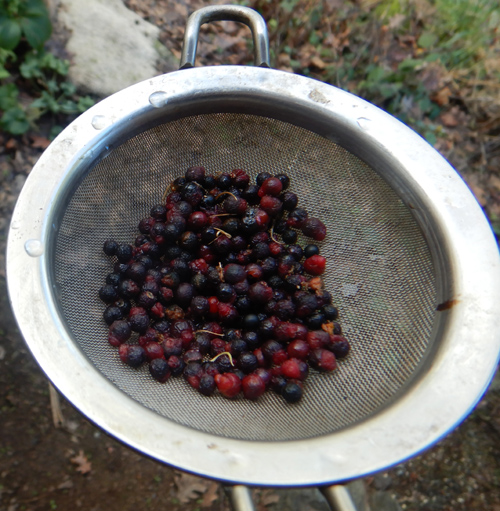
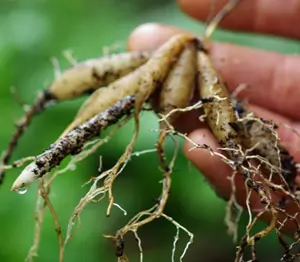

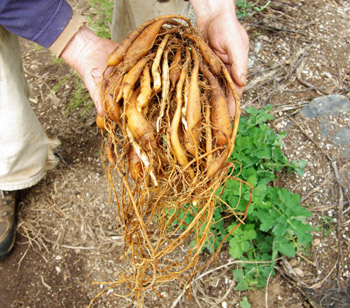
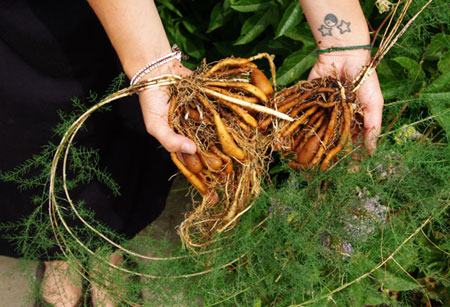
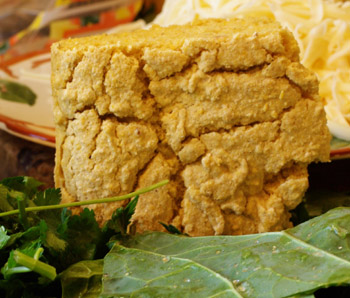
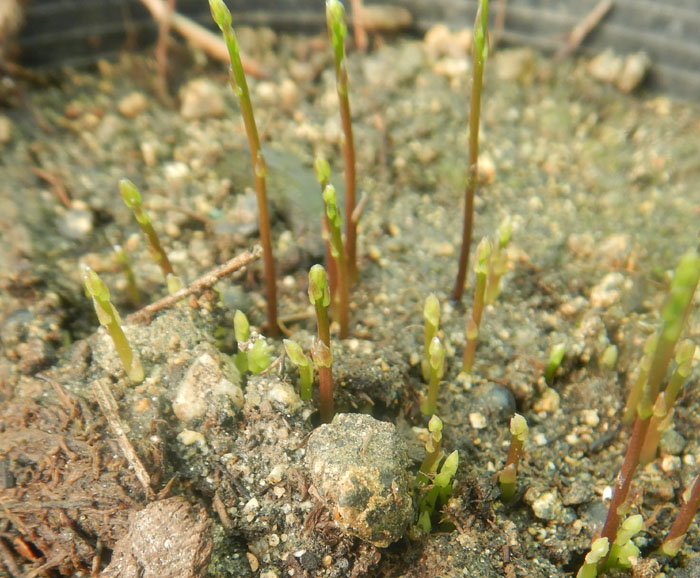
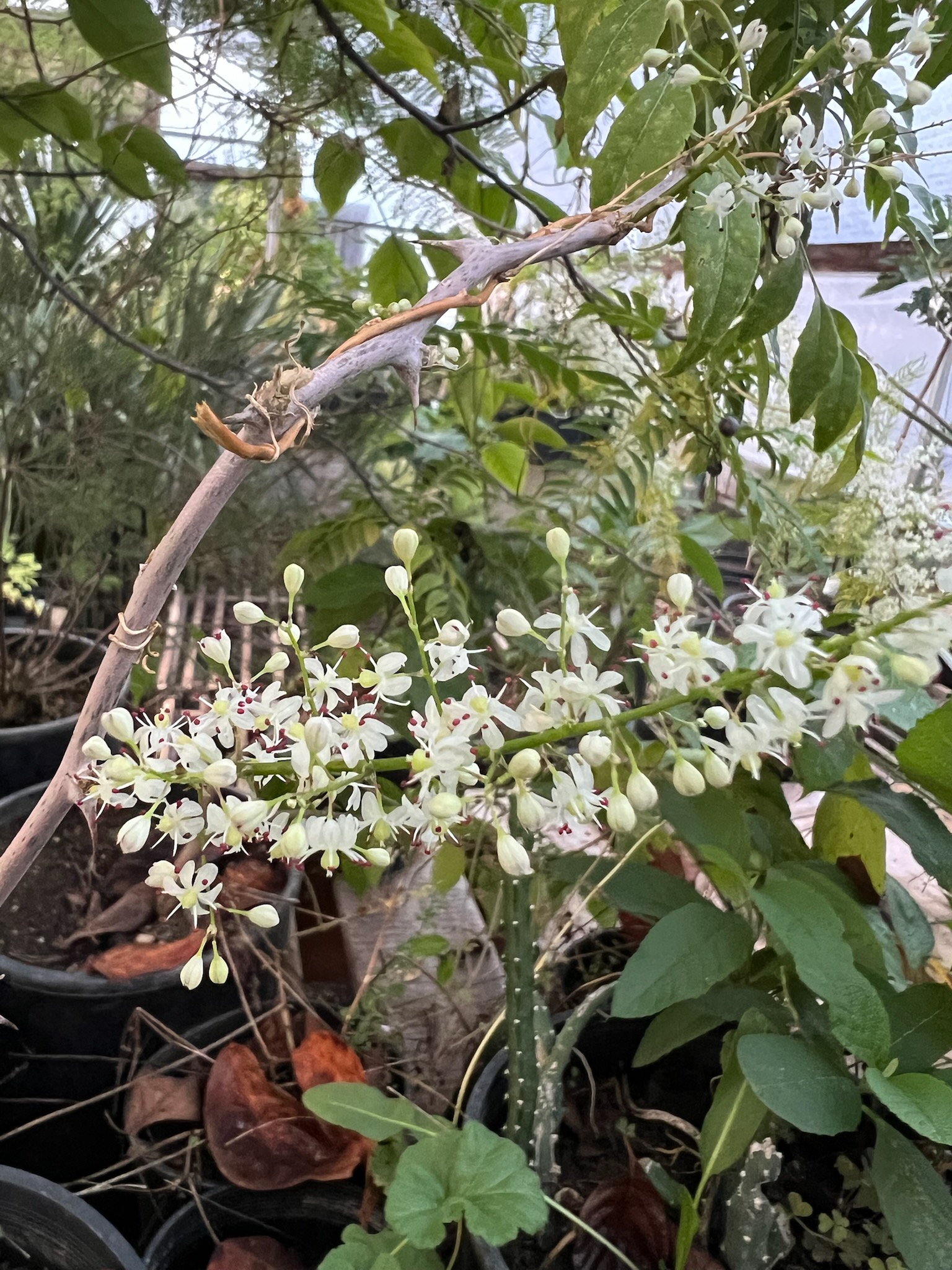

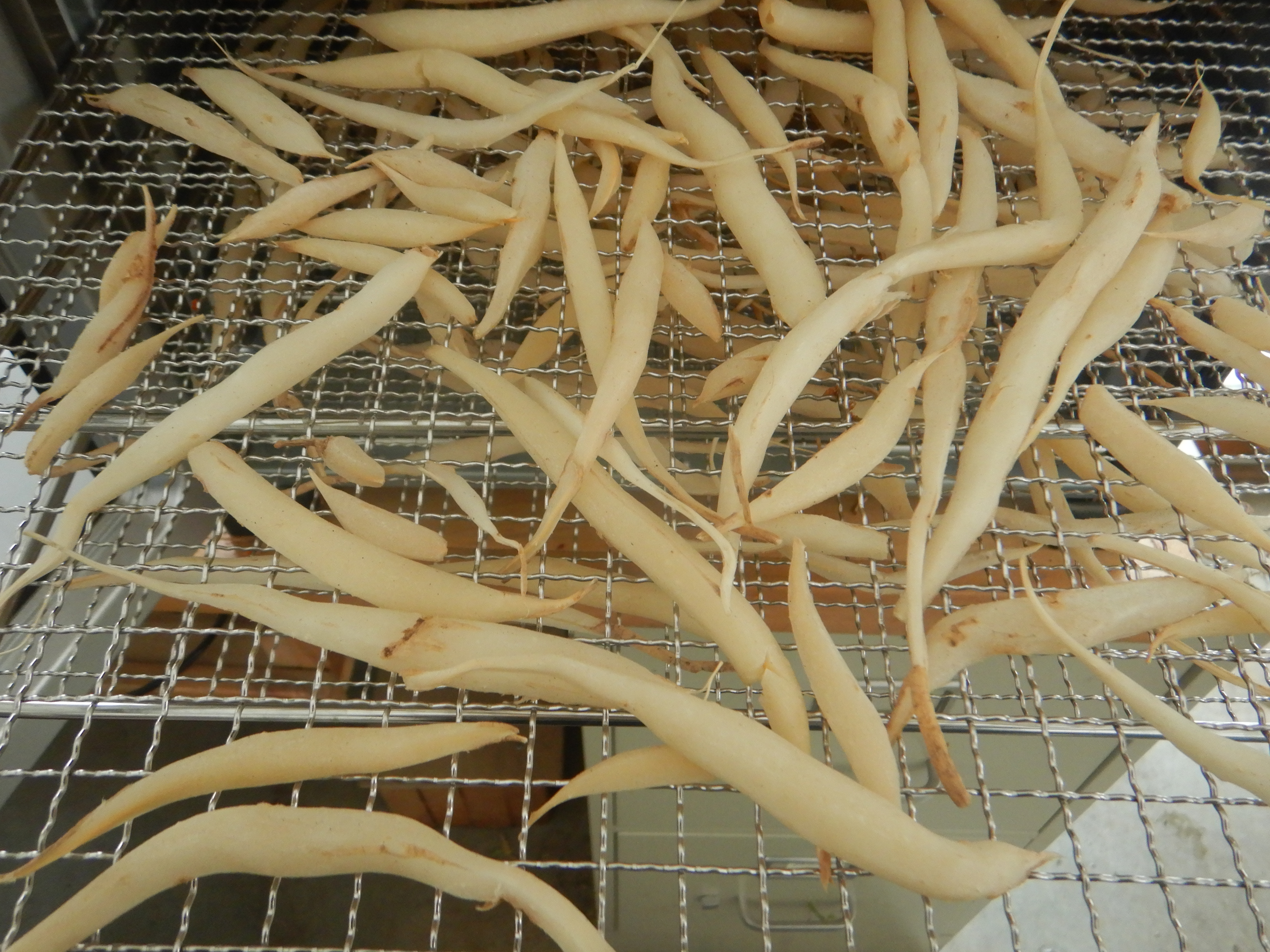
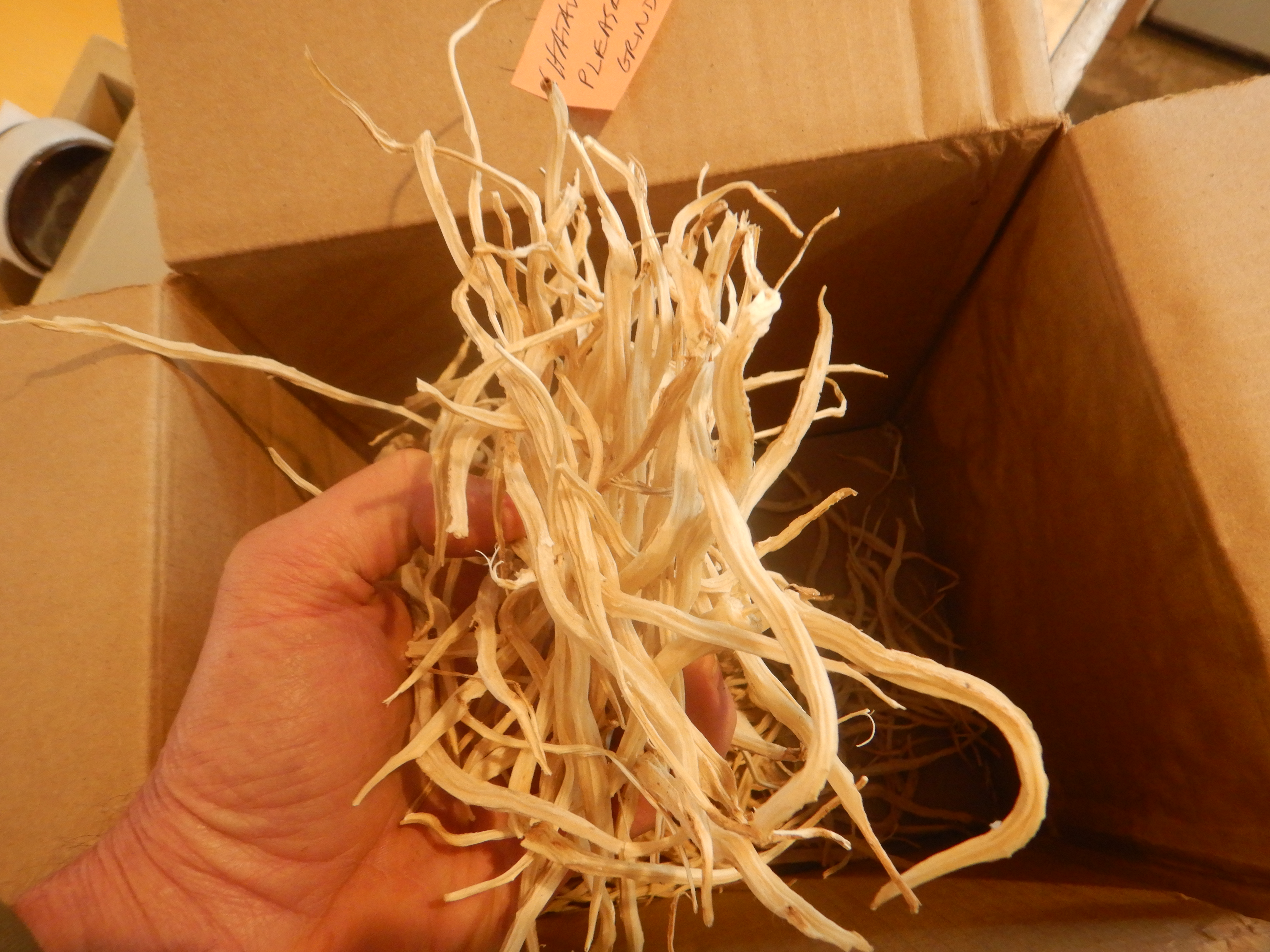
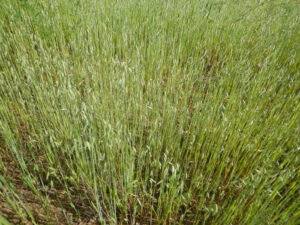
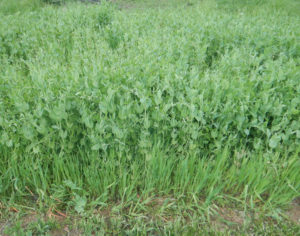
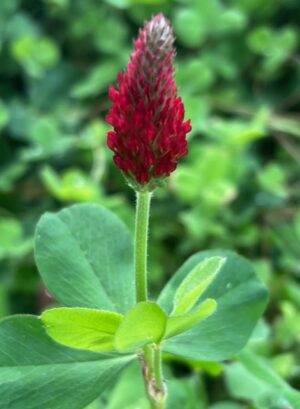
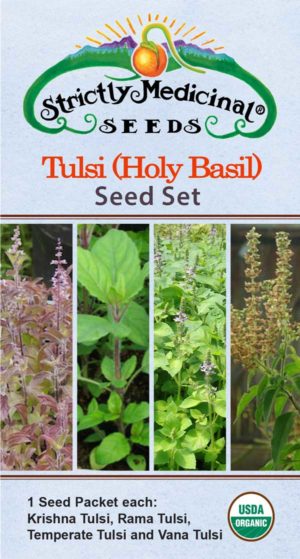
Patricia –
Alina Niemi, there are other species of Asparagus that are sold in nurseries that are not Shatavari. The leaves look similar and they are commonly called Asparagus. Once planted, the birds spread the seed and it can grow wild. I was happy to get a voluteer migrate over from a neighbor’s yard.
To know if you have the herb, check the flower. Is it a raceme as pictured here or just individual flowers or few flowers together? The flowers are usually white.
Upvote if this was helpful (0) Downvote if this was not helpful (0) Watch Unwatch Flag for removal
Sara (verified owner) –
Hello, do you have the option of grams instead of just 10 per packet?
How long does it take to bare seed?
Thank you!
Upvote if this was helpful (0) Downvote if this was not helpful (0) Watch Unwatch Flag for removal
Richo Cech –
hi sara, these are difficult from seed so we don’t want people to get into too much money on them, therefore packets only. i’m trying to remember back to how long it took my plants to reach seed bearing age. i remember the first flowers took me totally by surprise. it took about 3 years i think. richo
Upvote if this was helpful (0) Downvote if this was not helpful (0) Flag for removal
Alina Niemi –
It sure seems we have this growing wild in our yard. Is there any other similar plant that I might confuse it with, that would be dangerous to consume? My mother said it was asparagus fern. (I’m in Honolulu.) Mahalo, Rico!
Upvote if this was helpful (0) Downvote if this was not helpful (0) Watch Unwatch Flag for removal
Richo Cech –
Hello Alina,
Thanks for contacting! Even in Honolulu, Shatavari does not grow wild in people’s yards. Could conceivably be introduced. Shatavari has big recurved spines all along the stem. Your mother, as one would expect, is probably right.
Richo
Upvote if this was helpful (0) Downvote if this was not helpful (0) Flag for removal